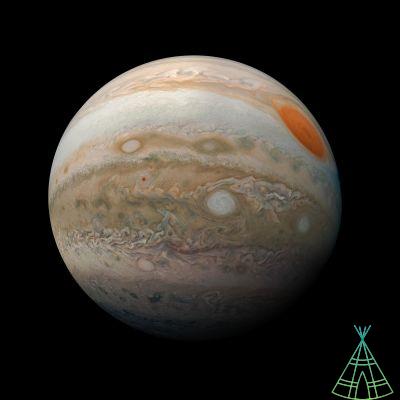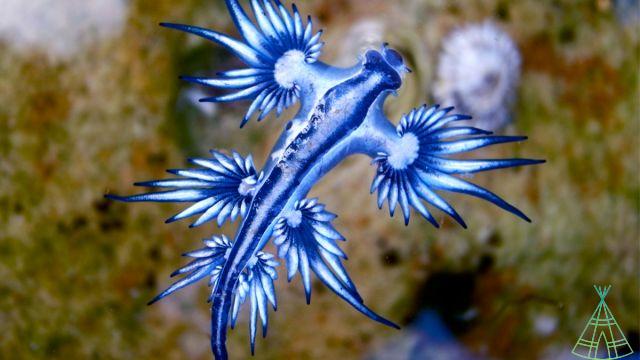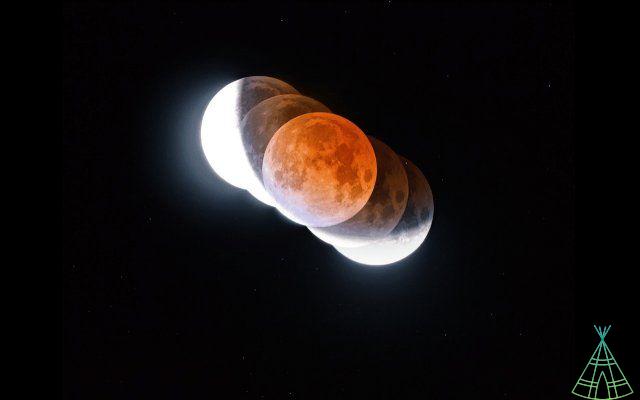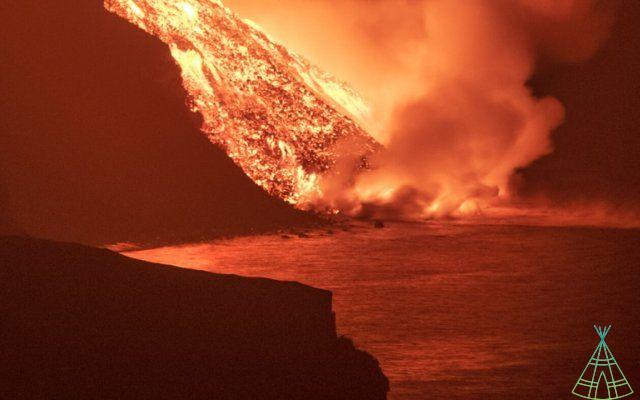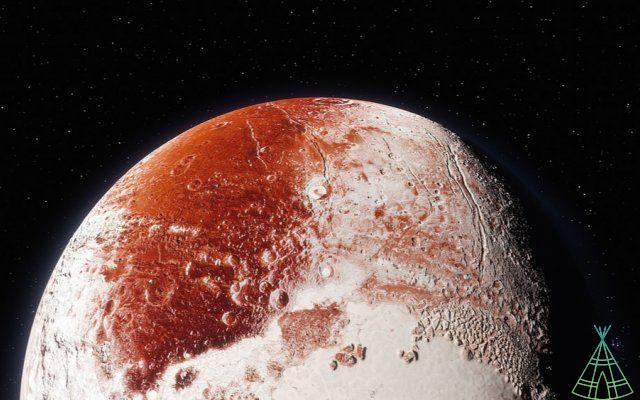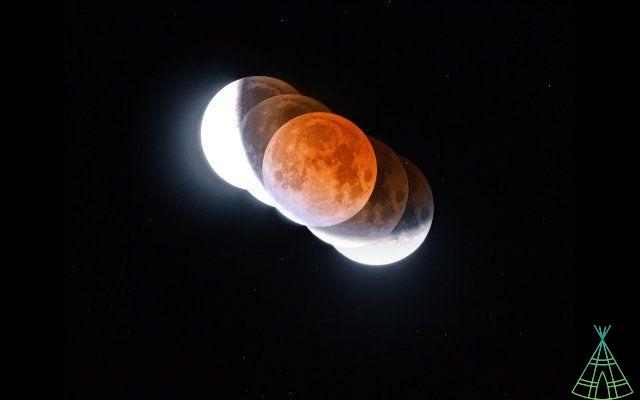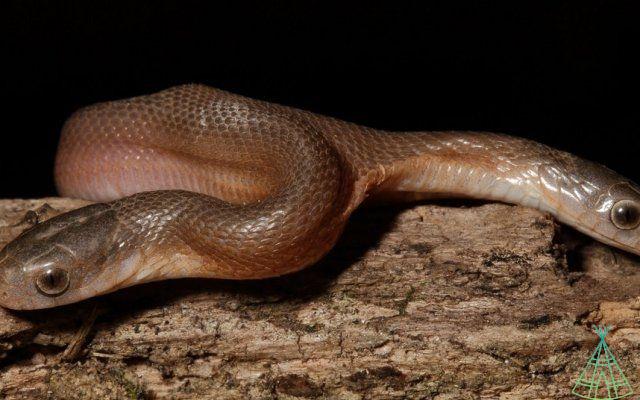Air travel is a significant contributor to climate change, that's for sure. A transatlantic flight emits enough carbon to melt five square meters of Arctic sea ice, climate scientists say. What could we say about that vehicle that flies all over the world on Christmas Eve? Since it is not powered by any type of fuel, would Santa Claus' sleigh be a sustainable and environmentally friendly means of lotion?
Let's get into the mood and imagine that Santa's sleigh is something real, which, according to tradition, is pulled by nine reindeer: Dasher, Dancer, Prancer, Vixen, et, Cupido, Donner, Blitzen and the charming Rudolph, who uses its red and luminous nose to guide the panheiras during blizzards and storms.
To know if a vehicle pulled by so many reindeer would be an environmentally friendly means of transport, we must know how these animals behave throughout the year.
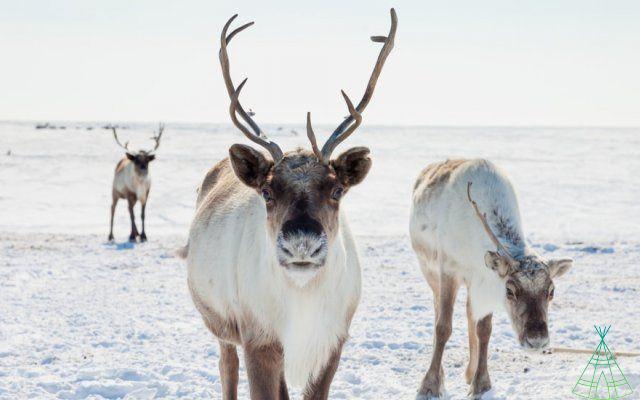
Fermentation in the stomach of reindeer produces methane
First question: Reindeer are ruminant animals. They in plants that ferment and produce methane in their intestines – a potent greenhouse gas. But while the reindeer are on the ground, they nibble on small bushes, and this grazing has a significant effect on the carbon budget of the Arctic landscape.
A study published this year in the scientific journal Global Change Biology, which looked at these animals in areas on the border between Norway and Finland, stopped soil fungus in areas subject to year-round reindeer grazing, places where reindeer graze only during the winter.
According to the study, grazing only in winter allowed the birch forest to spread across the tundra. However, year-round reindeer feeding places had more moorland vegetation.
The fertile soils created by the birch and the fungal species that live underground in the trees release more carbon. The more specialized fungi in the heath soil, on the other hand, work more slowly, allowing carbon stores to build up.
Read more:
- About 25% of greenhouse gases come from “tree fart”; understand
- Study shows that microbes consume methane from the seabed and regulate Earth's temperature
- Catalyst converts greenhouse gas into useful and valuable chemicals
For the birch forest, reindeer are beneficial, as they control the population of these plants, whose propagation releases carbon from the soil. According to the researchers, reindeer grazing measures whether the local tundra becomes more forested and loses carbon or remains covered by dwarf shrubs that trap soil carbon more securely. This certainly more than your methane flatulence would think, making them carbon negative.
Birch groves are the ideal place to find the fly agaric fungus Amanita muscaria – the classic cartoon mushroom in a bright hat artistically sprinkled with popcorn.
Due to the toxic effects of this mushroom, reindeer that use it are seen running in circles, making strange noises and spasming. There are reports of reindeer herders drinking the urine of these animals that ingest this fungus. This hot mixture retains the hallucinogenic effects of the fungus while losing its toxicity.
Unfortunately, what goes into one end of the reindeer can still cause carbon footprint issues when it gets to the other end.
Santa's pilgrimage floods atmosphere with greenhouse gases
Another study published in 2021, in the journal Science Direct, led by researchers from northeastern Finland, showed that reindeer droppings deposited in swamps and marshes that graze in summer can significantly increase methane production in peatlands.
The process appears to result directly from methane-producing microbes that hitched a ride in the reindeer's rumen (essentially the first chamber of the stomach, a fermentation chamber where microbes help digest the animals' goings-on) and dove into the bogs, infiltrating life. microbial in that environment.
So, since methane-producing bacteria in manure include species not usually found in swamps, reindeer poop inoculates marsh soils with additional methane-producing power.
o They must eat a lot to cover the whole Christmas Eve journey, it is to imagine how much methane takes over our atmosphere with each fart and belch of these flying deer.
Have you watched our new videos on YouTube? Subscribe to our channel!




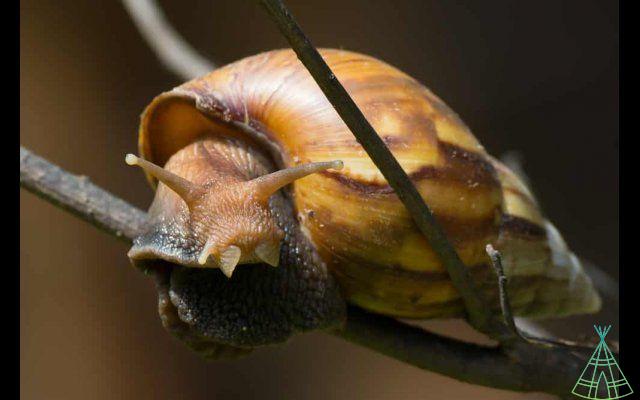
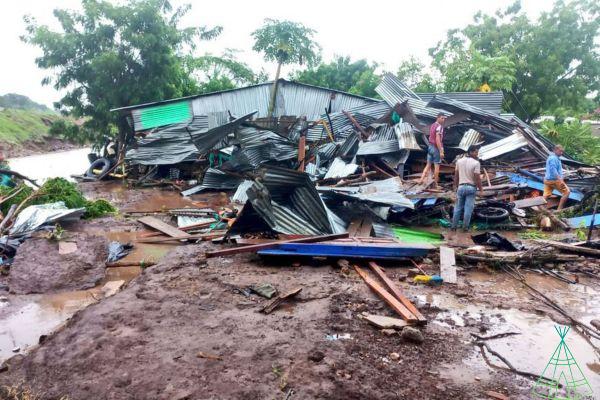
![What is Chromebook: the complete guide on this device! [2021]](/images/posts/bdbc7d74c4489ea36dcd6190fd25892e-0.jpg)




